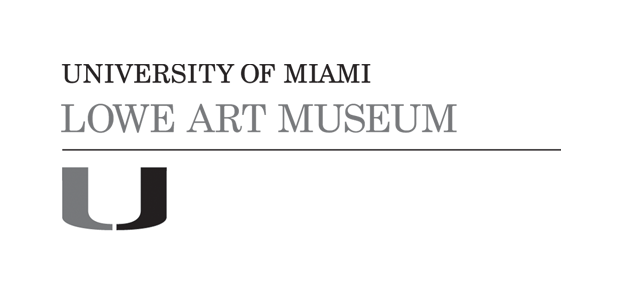Headdress (Tiyambo)
Date20th century
CultureBaga
Mediumwood and pigment
DimensionsOverall: 32 1/8 x 8 1/2 x 10 1/2 in. (81.6 x 21.6 x 26.7 cm)
ClassificationsCostumes and Accessories
Credit LineGift of Alan Potamkin
Object number2007.48.90
DescriptionBaga art has always been rich in allusions to female fecundity and by extension, the ancestral world. Masquerades honoring the female spirit were traditionally the provenance of the elders. But in the 1930’s, a group of young men created their own form of masquerade featuring a female torso form of headdress known generically as tiyambo. The masquerade performs to celebrate weddings and at harvest time. It also dances to honor important visitors or celebrate any important occasion. The headdress usually appears at night worn elevated above the crowd on the head of a male dancer whose body is concealed by layers of raffia fiber and panels of cotton cloth. Songs sung by a chorus of women accompany its appearance. Fred Lamp has described the significance of the reiteration of traditional values in innovative new art forms created by each new generation. Baga society is organized into age grades, groups of men in a specific age range organized as youngsters who continue to act and work as a group throughout their lives. As each age grade approaches elderhood they face challenges to their authority as the younger age grade assumes active responsibility for village concerns. While elders are respected, they still must give way to the younger generation. Older images of female power danced by the elders are the more abstract Nimba headdresses found in older collections. They have been replaced in the villages by more colorful and realistic tiyambo headdresses such as this one.













